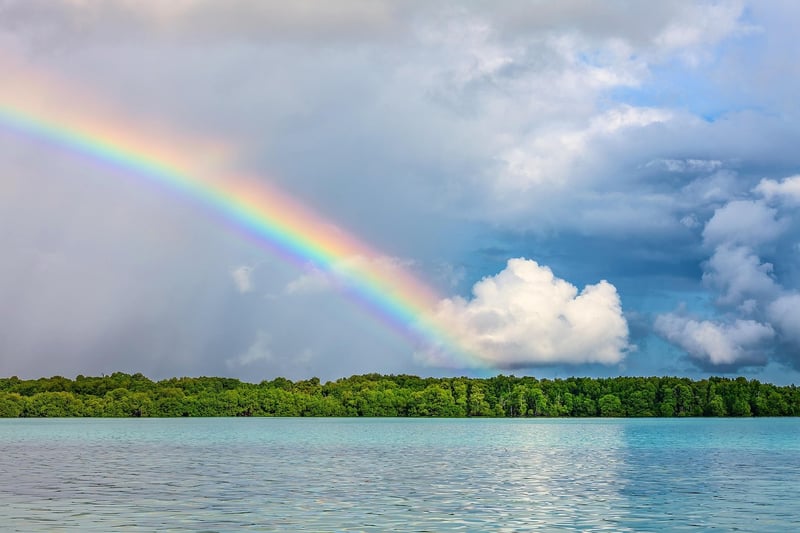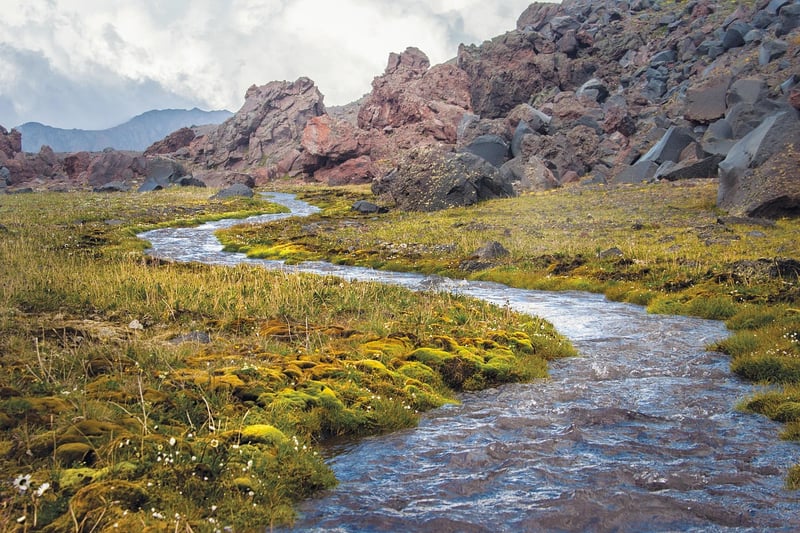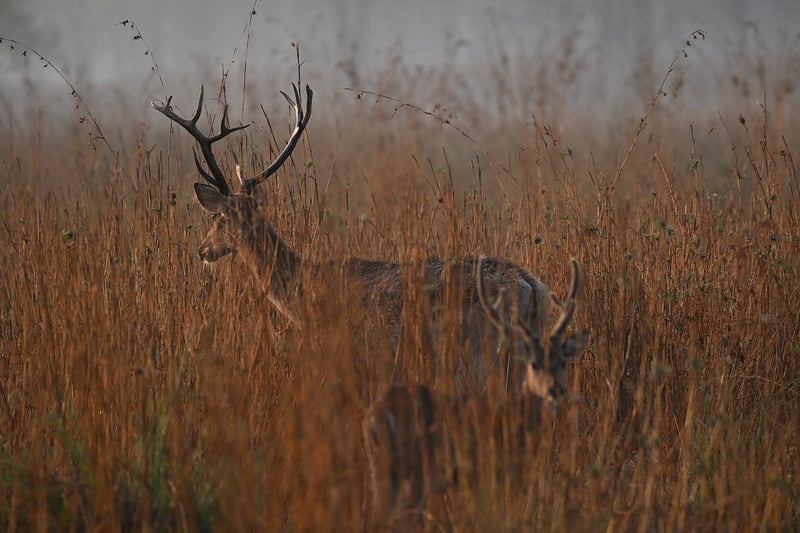Nature Conservation
Social Interactions and Nature Conservation

In today's fast-paced world, social interactions play a crucial role in raising awareness about nature conservation. As people connect with one another, they also have the opportunity to discuss and promote sustainable practices that benefit the environment.
Benefits of Social Interactions in Nature Conservation
- Education: Through social interactions, individuals can learn about the importance of preserving nature and wildlife.
- Collaboration: Working together in groups or communities can lead to impactful conservation efforts.
- Advocacy: Social networks provide a platform for advocating for environmental policies and initiatives.
- Behavior Change: Peer influence can motivate people to adopt eco-friendly habits and reduce their carbon footprint.
Engaging with Nature Conservation through Social Media
Social media platforms have become powerful tools for spreading awareness about environmental issues and promoting conservation projects. By sharing information, images, and success stories, individuals can inspire others to take action.
Ways to Get Involved:
- Follow conservation organizations on social media to stay informed about their work.
- Participate in online campaigns such as Earth Day initiatives or plastic-free challenges.
- Share educational content about nature conservation to raise awareness among your friends and followers.
- Join online communities dedicated to environmental causes and engage in discussions about conservation strategies.

Conclusion
By combining social interactions with a passion for nature conservation, individuals can make a meaningful impact on the planet. Whether it's through face-to-face discussions or online advocacy, every effort contributes to the collective goal of preserving our environment for future generations.
